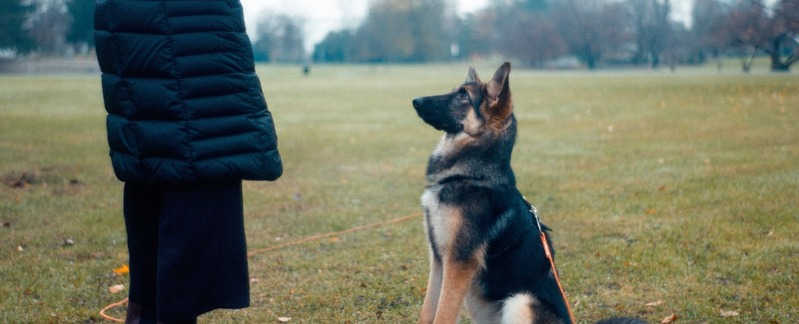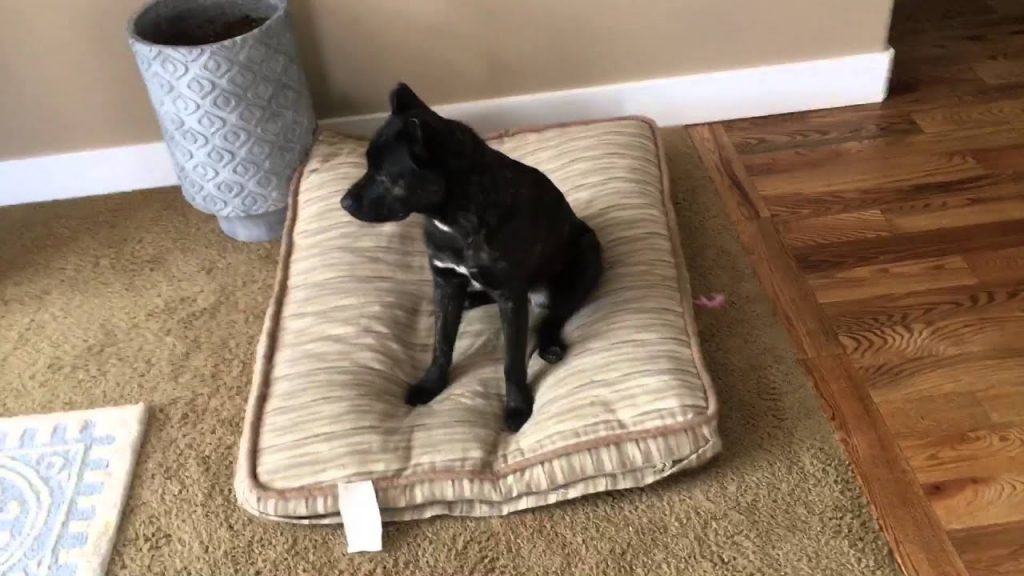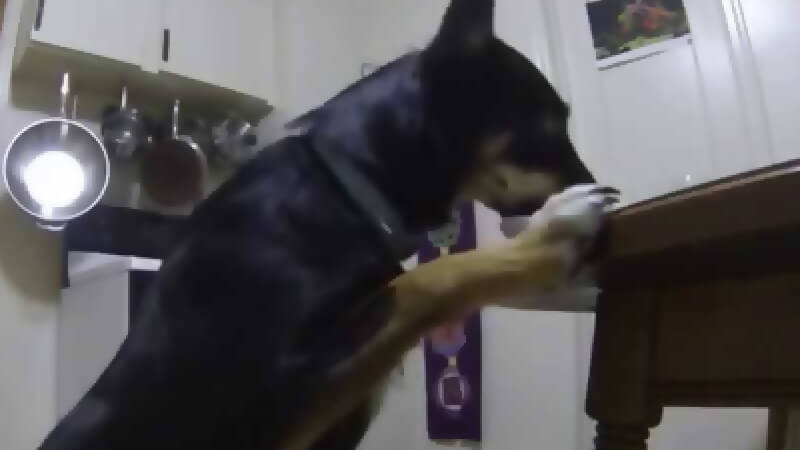Like every other animal on the planet, your dog learns from the consequences, both good and bad, of his actions. If something good happens, your dog is likely to repeat that action, expecting a similar result. On the contrary, if something your dog doesn’t like occurs as a result of his action, that behavior is more likely to be avoided in the future.
The Training Process
Contents
You’ll be using operant conditioning to train your dog. With operant conditioning, you’ll help your dog make the connection between particular behaviors and their consequences. While you want to be as nice to your dog as possible during training, it is probable that you’ll need to employ a variety of both positive and negative consequences. Into each life — even a dog’s — a little rain must fall.
The Technical Stuff
While it’s not important that you remember and use the correct scientific terms when you train your dog, it is helpful to understand what they mean and what role each plays in training your dog. There are four possible consequences each time your dog performs a behavior:
- Something Good Happens = Positive Reinforcer
- Something Bad Happens = Positive Punisher
- Something Good Is Removed = Negative Punisher
- Something Bad Is Removed = Negative Reinforcer
The terms good and bad are subjective and relative, depending on the dog. What’s great to one dog, like a squirt from a spray bottle, is torture to another. Some dogs love to have their ears stroked; others can’t stand it. Let your dog tell you what she likes and what she doesn’t.
In operant conditioning terms, positive has nothing to do with whether your dog will like it. It just means that something is added. In contrast, negative always means something is taken away, not that something “bad” will happen.
Punishment and Reinforcement
The terms punishment and reinforcement have concrete meanings as well. By definition, punishment must effect a decrease in an unwanted behavior (either the frequency or the intensity) or it’s not a punishment (it’s nagging, but more about that in a minute). In contrast, reinforcement always must effect an increase in a desired behavior. Even praise and petting aren’t always positive reinforcement. If the behavior you want isn’t increasing because of it, it’s just affection — not that there’s anything wrong with that!
Operant Conditioning in Action
Let’s say you’re trying to teach your dog to behave politely at feeding time, so you’ve decided to teach him to sit for his dinner. From the perspective of each of the four possibilities:
- Positive Reinforcement: You tell him to sit, he does, and you give him his food
- Negative Reinforcement: You tell him to sit, put pressure on his collar until he sits, and when he does, you take the pressure off
- Positive Punishment: You tell him to sit and swat him on the butt when he doesn’t (no, that’s not a recommendation — just an example!)
- Negative Punishment: You tell him to sit, and take the food away when he doesn’t
In this example, the reinforcements are meant to increase the frequency of him sitting on command, while the punishments are meant to decrease the frequency of not sitting on command.
Remember the hot/cold game you played as a kid? Think how hard the game would have been if you only got half of the information — if you were only told you were getting cold or colder. Your dog needs lots of immediate feedback about both what you like and what you don’t.
You’ll be using both reinforcers and punishers in your balanced training plan, although the lines between them may blur a bit at times.





